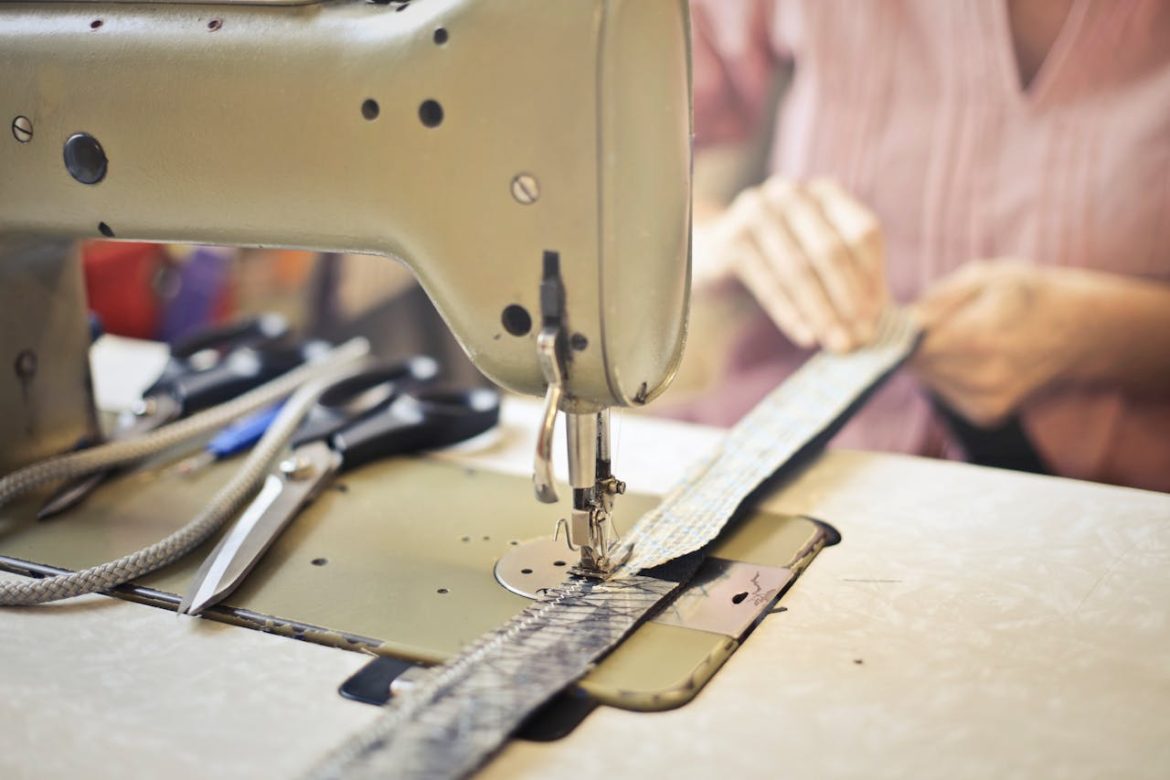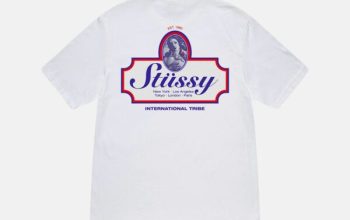In the bustling world of fashion, the journey of a garment from a mere idea to a finished product on store shelves is a complex and fascinating process. This transformation involves multiple stages, each crucial to the creation of high-quality clothing. Let’s delve into the intricate journey of a garment, exploring the steps from initial concept to final creation.
1. Concept and Design
The journey of a garment begins with a spark of creativity. Designers draw inspiration from various sources such as nature, art, history, and current trends. This inspiration is then translated into sketches and mood boards, which serve as visual representations of the initial concept. During this phase, designers focus on elements like color palettes, fabric types, and the overall aesthetic of the collection.
Designers often work in collaboration with trend forecasters who analyze market data and consumer behavior to predict upcoming fashion trends. This collaboration ensures that the designs are not only creative but also marketable.
2. Pattern Making
Once the designs are finalized, the next step is pattern making. Patterns are templates used to cut fabric pieces that will be sewn together to create the garment. This process requires a high level of precision and skill. Pattern makers translate the designer’s sketches into flat patterns, ensuring that the dimensions and proportions are accurate.
There are two primary methods of pattern making: manual and digital. Manual pattern making involves drafting patterns on paper, while digital pattern making uses specialized software to create patterns on a computer. Both methods have their advantages, but digital pattern making is becoming increasingly popular due to its efficiency and accuracy.
3. Fabric Selection
Selecting the right fabric is crucial to the success of a garment. The fabric not only affects the garment’s appearance but also its functionality and comfort. Designers and fabric specialists consider factors such as texture, weight, drape, and durability when choosing fabrics. They also need to ensure that the fabric aligns with the overall vision of the collection.
Sustainability is becoming a significant consideration in fabric selection. Many designers are now opting for eco-friendly fabrics such as organic cotton, recycled polyester, and Tencel. These materials have a lower environmental impact and appeal to environmentally conscious consumers.
4. Sampling and Prototyping
Before mass production, a sample of the garment is created to test the design and fit. This sample, also known as a prototype, allows designers to make any necessary adjustments before committing to large-scale production. The sampling process involves cutting the fabric according to the pattern, sewing the pieces together, and conducting fittings to ensure the garment meets the desired specifications.
During fittings, the garment is tested on a mannequin or a fit model to evaluate its fit, comfort, and overall appearance. Any issues identified during this stage are addressed through alterations to the pattern or design.
5. Sourcing and Production Planning
Once the prototype is approved, the production planning phase begins. This involves sourcing the necessary materials and components, such as fabrics, threads, buttons, zippers, and trims. Manufacturers need to ensure that they have sufficient quantities of high-quality materials to meet production demands.
Production planning also involves creating a detailed timeline and budget for the manufacturing process. This includes scheduling production runs, allocating resources, and coordinating with suppliers and factories. Effective production planning is essential to ensure that the garments are produced on time and within budget.
6. Cutting and Sewing
With the materials sourced and production plans in place, the actual manufacturing process begins. The first step is cutting the fabric according to the patterns. This can be done manually or using automated cutting machines. Automated cutting is more efficient and precise, making it the preferred method for large-scale production.
After the fabric pieces are cut, they are sewn together to create the garment. Sewing involves various techniques and machinery, depending on the complexity of the design. Skilled workers operate industrial sewing machines to assemble the garments, ensuring that seams are strong and neat.
7. Quality Control
Quality control is a critical aspect of garment manufacturing. Every garment undergoes thorough inspections to ensure it meets the required standards. Quality control checks include examining the stitching, checking for fabric defects, ensuring proper fit, and verifying that all components, such as buttons and zippers, are securely attached.
Any garments that fail to meet the quality standards are either repaired or discarded. Maintaining high-quality standards is essential to uphold the brand’s reputation and customer satisfaction.
8. Finishing
The finishing stage involves adding the final touches to the garment. This includes pressing or steaming the garment to remove wrinkles, attaching labels and tags, and performing any additional detailing, such as embroidery or embellishments. The goal is to ensure that the garment looks polished and ready for sale.
9. Packaging and Distribution
Once the garments are finished, they are packaged and prepared for distribution. Packaging plays a crucial role in protecting the garments during transit and ensuring they arrive in pristine condition. Manufacturers use various packaging materials, such as poly bags, boxes, and tissue paper, to safeguard the garments.
Distribution involves coordinating with retailers, wholesalers, or direct-to-consumer channels to get the garments into the hands of customers. This stage requires efficient logistics and supply chain management to ensure timely and accurate delivery.
10. Retail and Marketing
The final stage of the garment’s journey is reaching the end consumer. Garments are displayed in retail stores, online shops, or other sales channels. Effective marketing strategies are essential to attract customers and drive sales. This includes advertising, social media campaigns, influencer partnerships, and promotions.
Retailers also play a crucial role in providing a positive shopping experience. This includes offering excellent customer service, creating visually appealing displays, and providing detailed product information to help customers make informed purchasing decisions.
Conclusion
The journey of a garment from concept to creation is a multifaceted process that involves creativity, precision, and collaboration. Each stage, from initial design to final retail, plays a crucial role in bringing high-quality clothing to consumers. Understanding this journey not only highlights the craftsmanship involved in garment manufacturing but also underscores the importance of sustainable and ethical practices in the fashion industry.
By embracing innovation, sustainability, and quality control, garment manufacturers can continue to create beautiful and functional clothing that meets the evolving needs and preferences of consumers worldwide.




